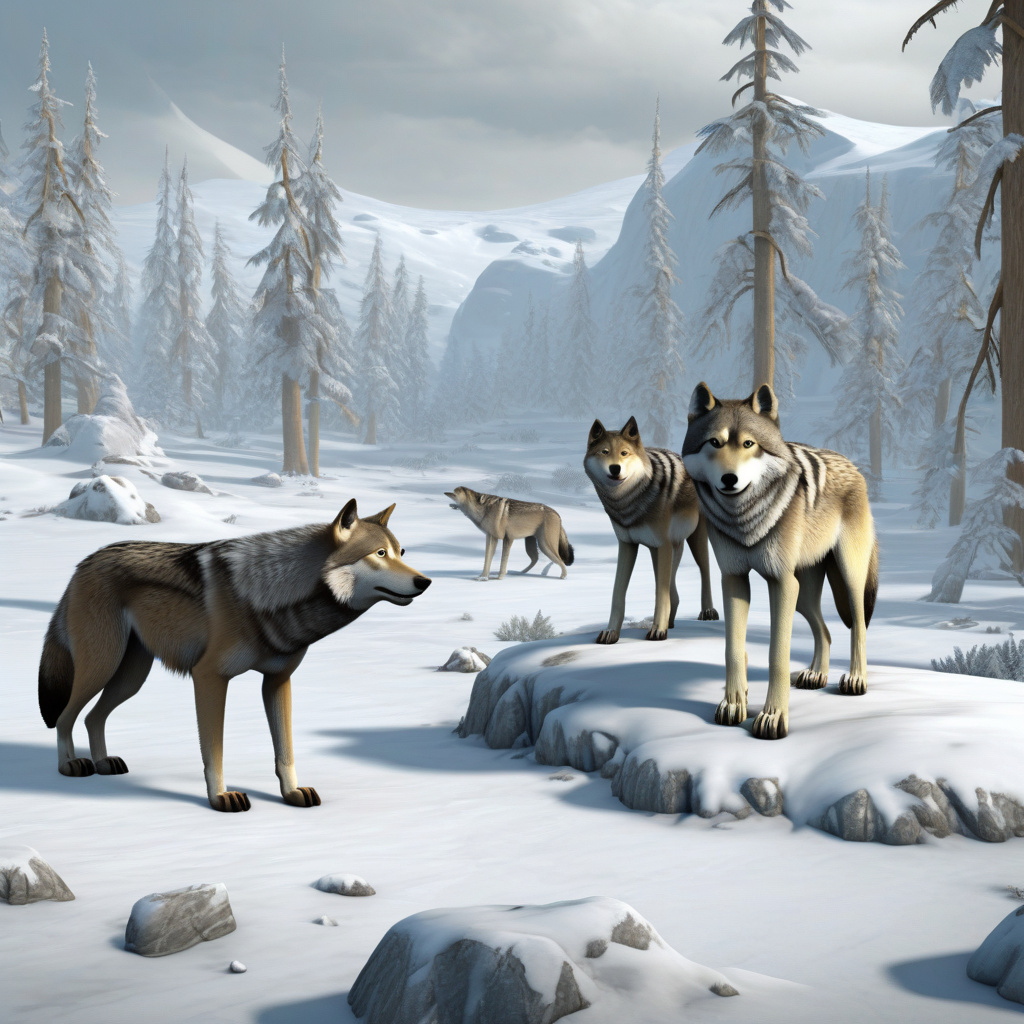14,000-year-old Ice Age ‘puppies’ turn out to be wolves, gene analysis confirms
A recent discovery in Siberia has shed new light on the history of early canines. Initially believed to be ancient domesticated dogs, the 14,000-year-old remains found in the Tumat region have surprised researchers by turning out to be wolves, as confirmed by gene analysis. This revelation challenges previous assumptions about the relationship between humans and wolves during the Ice Age and opens up a wealth of possibilities for understanding the evolution of our beloved canine companions.
The findings, published in the journal Current Biology, are the result of extensive genetic testing conducted on the well-preserved remains. By analyzing the mitochondrial DNA of the ancient wolves, scientists were able to definitively determine their species. This breakthrough not only clarifies the identity of these prehistoric creatures but also provides valuable insights into the domestication of dogs.
The fact that these 14,000-year-old animals were wolves rather than dogs raises intriguing questions about the early interactions between humans and canids. While the domestication of dogs is thought to have begun around 20,000 to 40,000 years ago, the presence of wolves in close proximity to human settlements complicates this narrative. It suggests a more complex relationship than previously imagined, one in which humans may have coexisted with both wolves and early dogs.
Furthermore, the genetic analysis of these ancient wolves offers a unique opportunity to trace the evolutionary history of modern-day dogs. By comparing the DNA of these Ice Age wolves to that of contemporary dog breeds, researchers can uncover clues about the process of domestication and the genetic adaptations that have occurred over thousands of years. This research has the potential to deepen our understanding of the bond between humans and dogs and the ways in which this partnership has shaped both species.
Beyond its scientific implications, the confirmation that the 14,000-year-old ‘puppies’ are actually wolves serves as a reminder of the importance of reevaluating assumptions and remaining open to new discoveries. In the field of paleontology and evolutionary biology, unexpected findings like this challenge us to rethink existing theories and explore alternative perspectives. It is through such groundbreaking research that we continue to expand our knowledge of the natural world and our place within it.
As we reflect on the significance of this revelation, we are reminded of the enduring connection between humans and animals throughout history. The story of these Ice Age wolves turned ‘puppies’ invites us to reconsider our understanding of the past and to appreciate the rich tapestry of life on Earth. In a world that is constantly evolving, it is through discoveries such as this that we gain a deeper appreciation for the complexities of the natural world and our shared journey with other species.
In conclusion, the gene analysis confirming that the 14,000-year-old Ice Age ‘puppies’ are actually wolves represents a significant milestone in our exploration of canine evolution and the history of human-animal relationships. This discovery not only challenges preconceived notions about the domestication of dogs but also underscores the importance of interdisciplinary research in unraveling the mysteries of the past. As we continue to unearth the secrets of our shared history with wolves and dogs, we gain a greater appreciation for the interconnectedness of all life on Earth.
Ice Age, Wolves, Gene Analysis, Canine Evolution, Human-Animal Relationships









